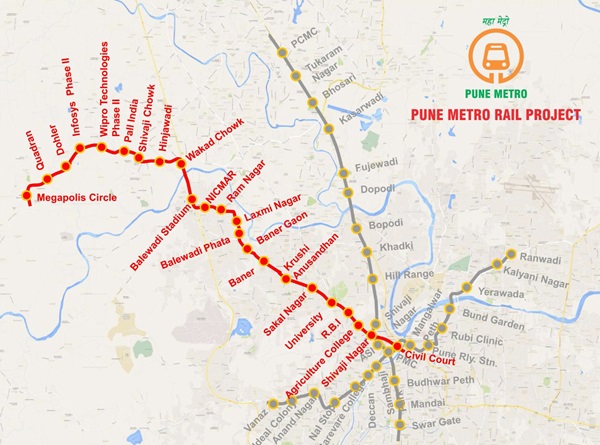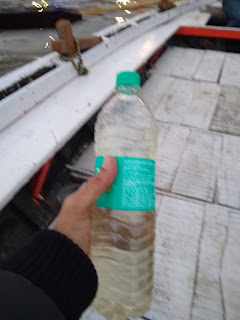Some times it feels like the surplus of what we call news has numbed us and made us forget basics of economics and divorced us from our common sense and intuition.
Why do we need commodities ? For making things and for daily needs and survival ! Why do we need currencies ? To create a medium of exchange for buying and selling the things we actually need.
Can we do without either ? No. Each has its due place. US thinks currencies and allied systems are all important. Russia thinks commodities are. There is a tug of war. Each of them have weaponized what they have. If push comes to shove, we may be able to live without a global currency by using primitive techniques such as barter or an ugly currency system but we will definitely need commodities. Hopefully we won’t reach there but there are many indications of it.
Commodity industries have been vilified by markets leading to underinvestment for past two decades or perhaps more . Non democracies or weak democracies export lot of commodities - Russia, China, Saudi, Iran, Venezuela etc. Brazil is a question mark and Australia is possibly the exception.
If commodities are necessary and are getting weaponized, then in coming days they will have to be hoarded like forex reserves for food security and economic safety and stability.
Thus the coming times will force to ask this question - Are commodities also real currencies ?
In negative real interest rate scenario in a world underinvested in mining, aren’t commodities with inflationary price structure possibly better than bonds and sovereign debt of developed countries yielding very near zero?
Is it better for nations like India to idle some portion of their forex reserves in commodities they are short of rather than in USD / Euro ?
Like bitcoin and gold, commodities are also in effect stores of energy values and capital usage . You need a lot of both to make say Aluminium , wheat or steel !
Stocking commodities you actually need is nothing new. Indian house holds stocked grains for whole year purchased after the harvest.
Marc Faber in a recent interview said that commodities such as food can vanish from shelves even whenever they are plentiful He gives explanation of Argentina which produced plentiful food and was experiencing shortages. He asked an Argentinian why was this so and they replied that due to high inflation the farmer preferred to keep his money in the crop harvest form and sell whenever he needed money to buy other things rather than sell and enjoy huge loss of purchasing power by holding currencies. Thus wheat had practically become a currency !
In this emerging scenario, will some of central bankers wake up to commodities scenario and diversify out of USD and Euro? India could for example easily keep commodity reserve of copper, potash, oil, aluminium, etc. How will this trend affect commodity markets ? Will asset managers launch ETFs of key commodities ?
How can nations diversify reserves into commodities without losing money in commodities ? Buy when market prices are below cash costs at which substantial production will be wiped out to restore the price. This may vary from commodity to commodity but is publicly available data. This will ensure that prices cant stay sustainably below our acquisition price of the stockpile / reserve for long term.
Decades of vilifying commodity industry has had its own results - under investment. Religious fervour in pursuing climate goals through supply side and not demand side have let to under provisioning of capacity for coming years . Just in time has led to lower inventory levels in the quest for investment returns over supply chain resilience.
As post COVid demand returns and supply chains are disrupted , inflation is rearing its ugly head. Commodities are also getting weaponised as is everything from salads, cats to judo belts and this is further leading to slowing down of production, shipping and payment systems.
Weaponising currencies by confiscation without due process also has quickly lead to weaponizing commodities in similar style and manner. Once strategically important commodities are weaponized it’s no longer about the cheapest supplier. It’s about self reliance , hoarding , stock piles etc. it’s a new world !
The cost of weaponized commodities is no longer it’s cif price. It’s the opportunity cost of of lost production &/or lost sales. When consumers merely have availability of commodities in right time and quantity, they will enjoy huge consumer surpluses !
In this scenarios commodities are already showing all signs of becoming proxy currencies. Inflation expectations are getting reset and it will be difficult to put the genie back in the bottle neck without substantial change in attitude to energy production esp fossil fuels and higher interest rates.
In coming years, outsourcing in food and fertilisers will look like Marie Antoinette designed the policy
If the two sides don’t see the value in each other the nations with the currencies won’t have the commodities for daily life and the nations with commodities won’t be able to exchange them for other things they need. The makings of a very large recession !
















































